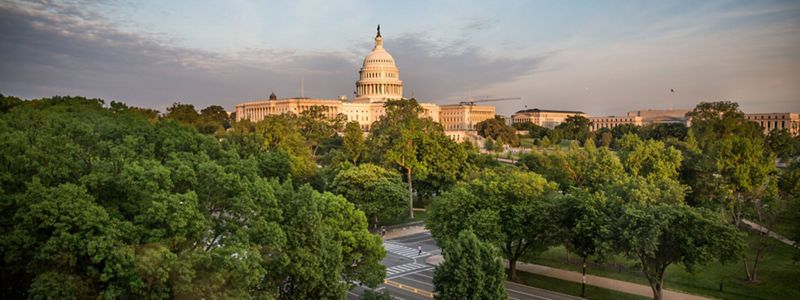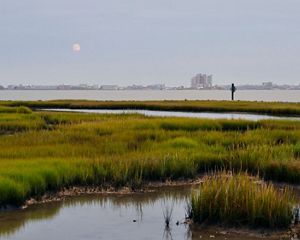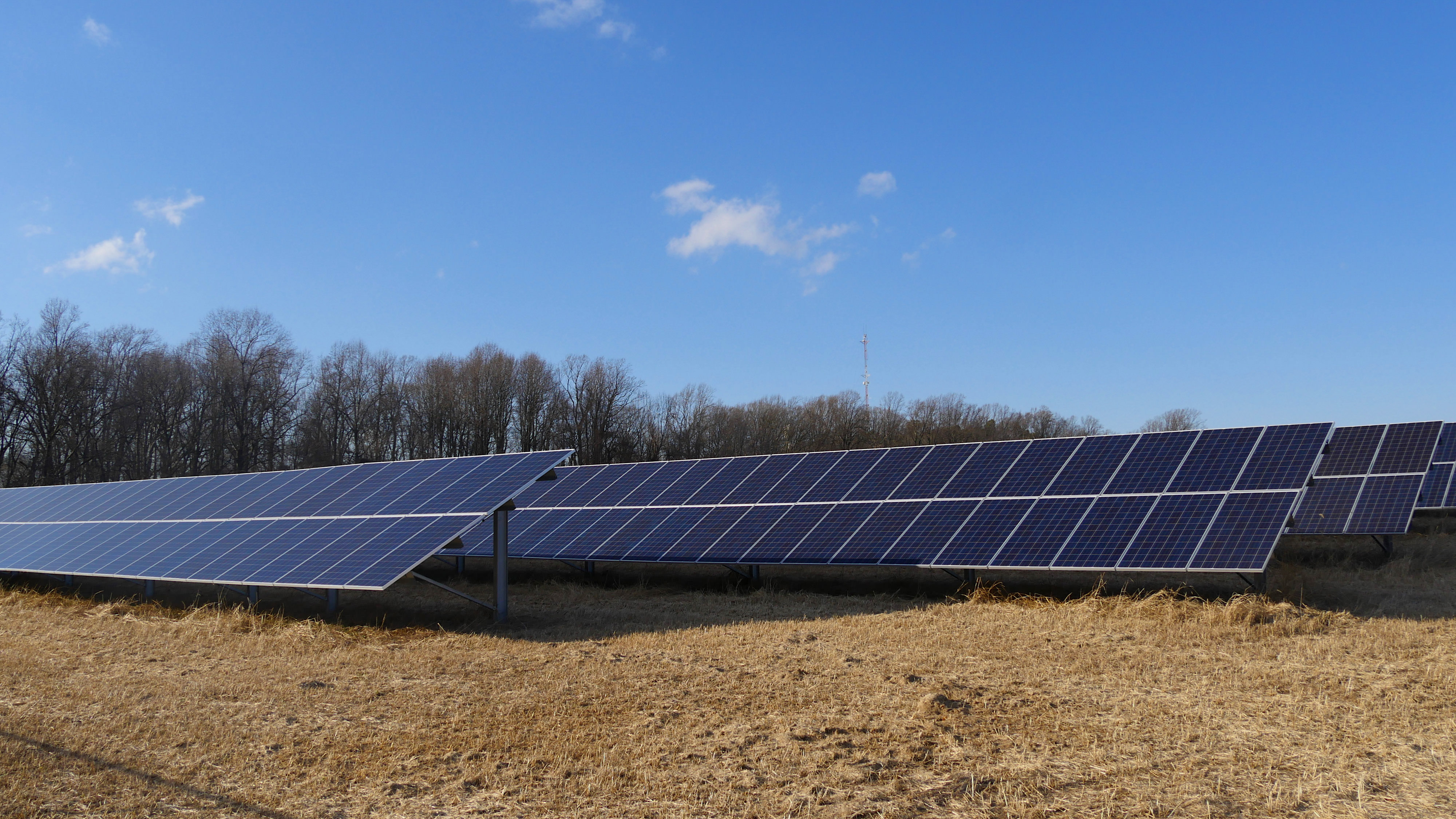Powering the Future
Working with governments and stakeholders to show how renewable energy development can grow economies while reducing carbon emissions.
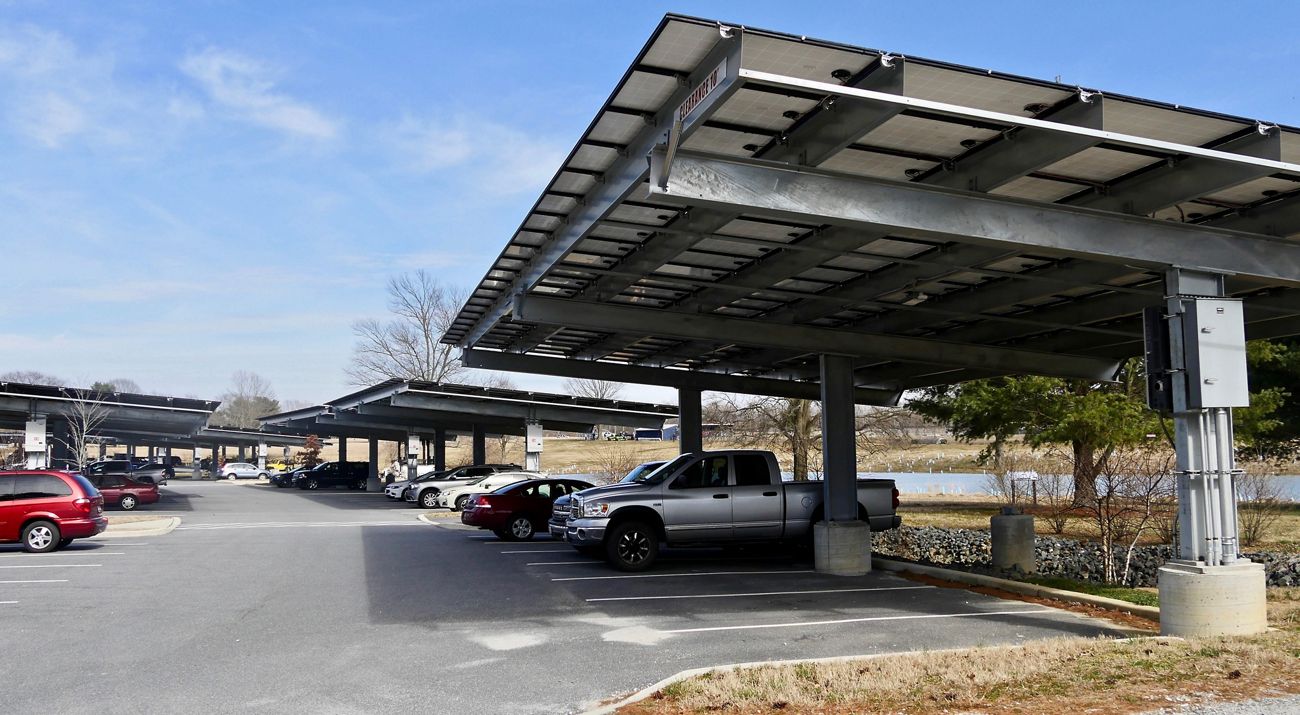
We already have the tools to tackle climate change. Now we need to use them—and quickly. The Nature Conservancy is delivering nature-based solutions to remove carbon from the atmosphere, such as planting trees, restoring wetlands and building carbon storage into agricultural best practices. At the same time, we are growing clean energy by working with governments to show how renewable energy development can grow economies while reducing carbon emissions.
Quote
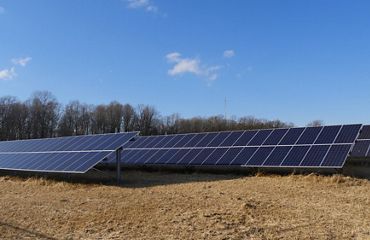
If Maryland incorporates a greater proportion of energy from renewable sources into its energy portfolio, both a reduction in greenhouse gas emissions and the opportunity to increase economic and human health benefits will follow.
In 2019, Maryland passed one of the most ambitious renewable energy policies of any state in the country in the form of the Clean Energy Jobs Act. The legislation brings Maryland to the forefront of states that are using policy to accelerate the investment in a green economy.
TNC played a critical role in getting this bill passed; now the real work begins. With a legacy rooted in protecting ecologically significant land and water, we are working to accelerate renewable energy projects on marginal lands so that renewable development does not impact healthy and productive ecosystems.
In 2020 we will work closely with elected officials and industry stakeholders to develop the processes and policies that will accelerate renewable energy projects in the places that will have the lowest environmental impact.
WATCH: Living in a time of great opportunity.
Listening to Stakeholders
A study commissioned by the Maryland Public Service Commission found that increasing solar energy generation between 2018-2029 could create more than $3.8B of economic benefit and create over 20,000 jobs in Maryland. Moreover, a large majority of Marylanders support the growth of renewable energy sources, with 77% supporting solar and 72% supporting wind.
However, in communities across Maryland, conflicts between solar energy development and other land uses, particularly agriculture, have arisen. These conflicts can be greatly reduced, if not avoided entirely, with better targeting of solar energy development towards areas that are not highly valued for other land uses.
TNC held three facilitated listening sessions in Frederick, Annapolis and Salisbury in October and November 2018. We invited representatives from key constituencies and sectors that are involved in and/or impacted by renewable energy development.
These sessions were open to any impacted or interested Maryland resident. We specifically invited participation from several sectors: local and state government, renewable energy developers, utilities, government, agriculture and conservationists. Our goal was to reflect the diverse perspectives shared by participants.
Listening Session Results
Across all three sessions, the following three points consistently emerged from a large breadth of stakeholders.
- A shared focus on developing renewable energy in marginal and low-conflict lands will allow Marylanders to take advantage of the many benefits of renewable energy while avoiding potential negative impacts.
- Significant hurdles currently prohibit or disincentivize renewable energy development in desired locations (i.e., low-conflict lands). These hurdles provide opportunities to revise or create incentives and development drivers focused towards these types of lands. This could be done in many ways including, developing criteria for or designating specific areas comprised of or containing marginal and low conflict lands.
- State and local governments play a critical role in assuring success and fostering continued innovation. Working to coalesce around a common goal of increasing renewable energy development focused on marginal and low-conflict lands will get the best outcome for the State.
-
Powering the Future
View the results and high level summary of stakeholder feedback on renewable energy deployment in Maryland.
Download
We Can’t Save Nature Without You
Sign up to receive monthly conservation news and updates from Maryland/DC. Get a preview of Maryland/DC's Nature News email.
